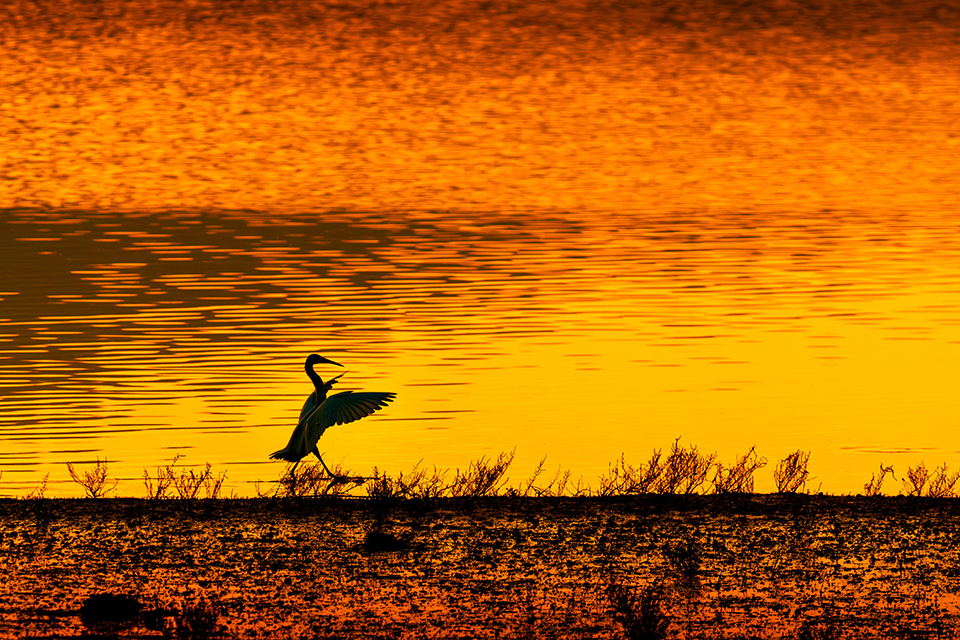For wildlife and bird photography, the Sigma 150-600mm f/5-6.3 DG DN OS is my go to lens.
Mounted on an APS-C camera, it’s equivalent to a 225-900mm lens, which is just incredible. It’s amazing that for less than $1400, we can get so close to our subjects without carrying around a ton of weight.
I use it hand-held most of the time, and have no trouble shooting for an entire day, although you’ll definitely feel it in your arms. Same goes for its closest competitors, the Sony 200-600mm and Tamron 150-500mm; I’ll explain how these 3 lenses compare as well.
The Sigma 150-600mm f/5-6.3 DG DN OS was released in 2021, and is still an excellent option in 2025. It’s ideal for both professionals and amateurs that are just entering the wildlife space. I’ve used it on the Sony A7 IV, A7R V and the A6700 (APS-C).
Sigma 150-600mm f/5-6.3 DG DN OS: Image Quality

This is a fantastic lens, with very little optical issues. At 150mm and 600mm, it’s capable of producing high quality photographs.
Sharpness
Absolutely no complaints here, the Sigma 150-600mm is sharp throughout the entire range. Most of the time I’m shooting at 600mm, and I find shots to be perfectly usable even when wide open at f/6.3.
However, stopping down to f/7.1 or f/11 noticeably improves the sharpness, especially if photographing a smaller animal that can get lost in the haze. At 600mm, the weather conditions and atmospheric fog play an important role for getting maximum clarity.
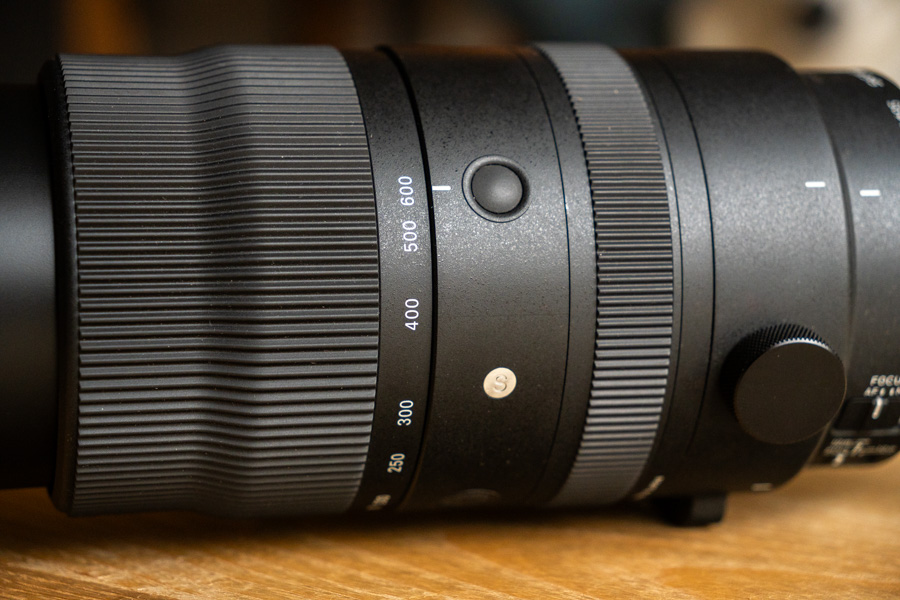
The Sony 200-600mm has slightly better center and corner sharpness at 600mm, but this is mostly visible when zooming to 100%. If you’re going to use the Sigma 150-600mm on a full frame camera for smaller animals, you will probably have to crop in later every now and then, so keep that in mind. Both are great, it’s just that the more expensive Sony is a tad better at certain lengths.

Bokeh
It’s easy to get beautiful bokeh with super telephoto zoom lenses, and this one is no exception. It’s got 9 aperture blades, whereas the Sony 200-600mm has 11 and the Tamron 150-600mm has 7.

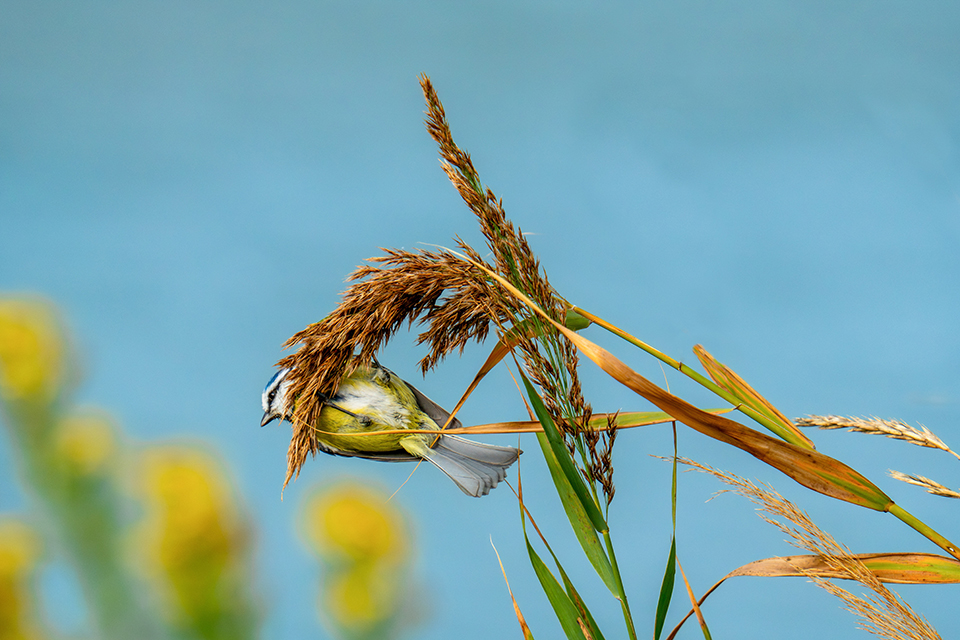
They all show the same bokeh, so this shouldn’t be of any concern to you. If your background is far away, it looks creamy and beautiful, but with close branches and leaves, all 3 have average bokeh (some out of focus branches may look distracting).
Sigma 150-600mm f/5-6.3 DG DN OS: Build Quality

The lens looks and feels very solid. It weighs 2100g (4.63 lb), just a tad lighter than the Sony 200-600mm, but 300g heavier than Tamron 150-500mm. However, the Sony doesn’t have a non-removable tripod mount, which would make it even heavier.
It has a 95mm filter thread, so get ready to spend a little bit more $$ for ND or other types of filters.

Weather Sealing
What about shooting in difficult weather? The Sigma 150-600mm has the highest grade of weather sealing, hence the term ‘Sports’ in its name. The other 2 categories of lenses made by Sigma are ‘Contemporary’ and ‘Art’, none of which are as protected as the Sports line.
If it’s raining, snowing or really foggy, this lens can handle it all. I have never experienced any issues, nor am I super careful when shooting with it.


Zoom & Buttons
At 150mm, it’s relatively short and fits in most bigger backpacks. Once you zoom to 600mm, it’s really long, but still balances very well on both APS-C and Full Frame cameras.
There’s a lens lock button to make sure it doesn’t accidentally extend, which I find very useful when walking or packing it in a bag. This is only available at 150mm, at its shortest length.
The zoom ring is big and has a nice grip. Going from 150mm to 600mm is not possible with a single twist, so you’ll usually have to rotate the ring twice to get to its max length. It’s not a problem by any means, but for making extreme adjustments, you’ll have to keep in mind that this takes 1-2 seconds more than you’d like. It happens rarely though.
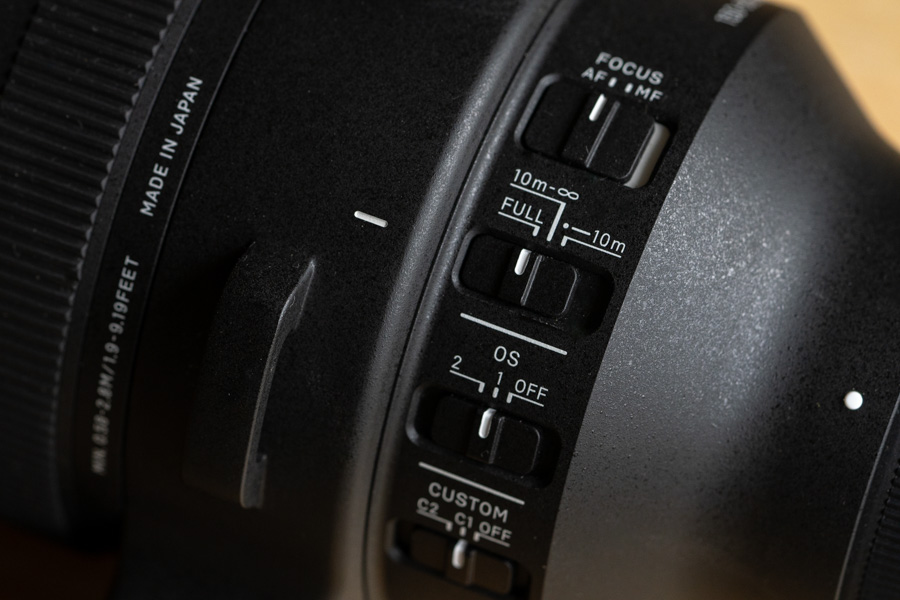
The lens features 7 buttons:
- AF/MF Focus
- Focus Limiter (3 options)
- Optical Stabilization (3 options)
- Custom Setting (3 options)
- Lens Lock (L/T/S)
- 3 Custom Buttons
I almost never focus manually, but the ring has a nice feel to it. It’s difficult at such long lengths, but for recording videos it comes in handy.
The focus limiter button allows you to choose between the “Full” range, 10 meters to Infinity, or Up to 10 meters. Personally, I stick to “Full”, unless my subject is absolutely closer than 10 meters, in which case I don’t want to risk the lens hunting for something far behind.
Optical Stabilization is a must, and the Sigma 150-600mm offers 4 stops of it. No complaints here.
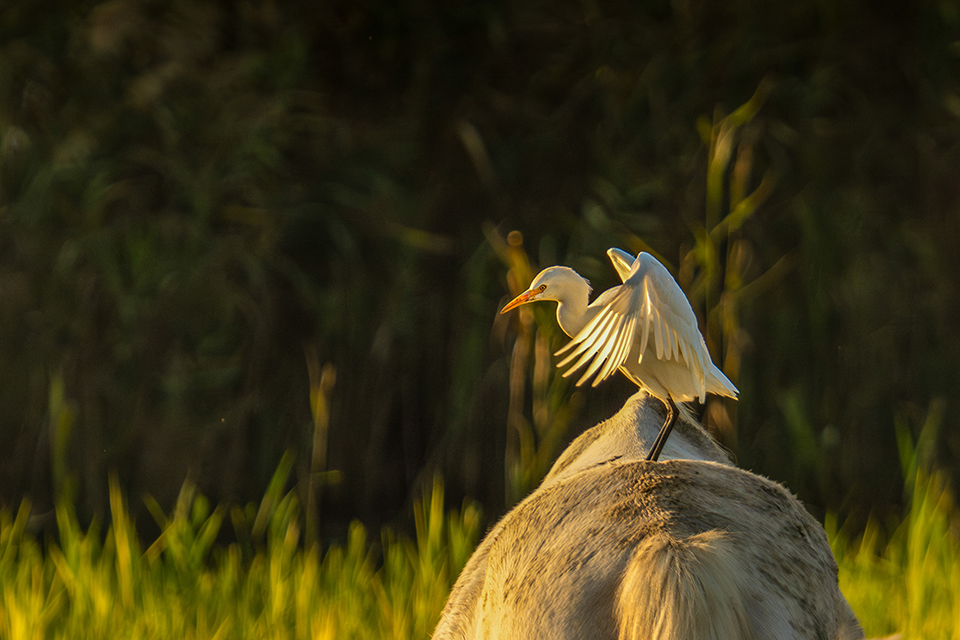
Then there’s 3 custom buttons around the barrel, so you can assign your own feature to whichever position feels the most comfortable to you.
The lens features a tripod collar, which can actually be removed, but not as easily as with Tamron or Sony. It’s Arca Swiss compatible so you can mount it directly on a tripod without any additional plates. All 3 lenses also offer strap attachments on the body itself.
Sigma 150-600mm f/5-6.3 DG DN OS: Auto Focus

This is a lens capable of capturing birds in flight, or all sorts of animals in tougher than usual light conditions. Tracking works well, it locks onto the subject, and I have gotten great results both with the Sony A6700, an APS-C mid-range camera, as well as the more expensive Sony A7R V.
Same applies to recording videos, where it had no trouble staying locked onto the subject in 4K at 120p.
However, I do have to note that shooting with the Sony 200-600mm feels like you’re getting a higher percentage of completely in focus shots. Not a huge difference, but enough to notice that out of 100 burst shots, I could definitely count on a couple more from the Sony, especially with fast paced action.
Both Sigma and Tamron seemed identical in this department, but of course this also depends on your camera, AF settings and skills. The AF accuracy alone wouldn’t convince me to get the more expensive Sony, but for some people it might be enough.

Minimum Focus Distance
The minimum focusing distance at 150mm is 58cm, whereas at 600mm it’s 280cm.
This is so much better than what Sony offers; 240cm at all lengths, which makes it really hard to shoot with if your subject is close to you. I’ve had countless of situations where even the Sigma felt a bit too short, but that’s just being spoiled.
Even the magnification is the best of all 3 lenses, with 1:2.9 (but only at 180mm). It’s obviously not a macro lens, but will magnify your subject more than the Sony/Tamron, which comes in handy when shooting insects or flowers.
Sigma 150-600mm f/5-6.3 DG DN OS: Image Stabilization
The lens features Optical Stabilization, which is a must for 600mm photography and video.
It works just as you’d expect it to, and I haven’t had any complains. For slower/static animals, I didn’t always have to have a super fast shutter speed, especially in low light.

With 4 stops of stabilization, you can use a shutter speed of 1/60 instead of 1/1000 and get a similarly crisp result, but only if your subject isn’t moving.
You’ll be tired after shooting with this lens, and it really helps to have OSS included. Even better if your camera has built-in stabilization, so you get the best of both worlds.
Sigma 150-600mm f/5-6.3 DG DN OS: Verdict
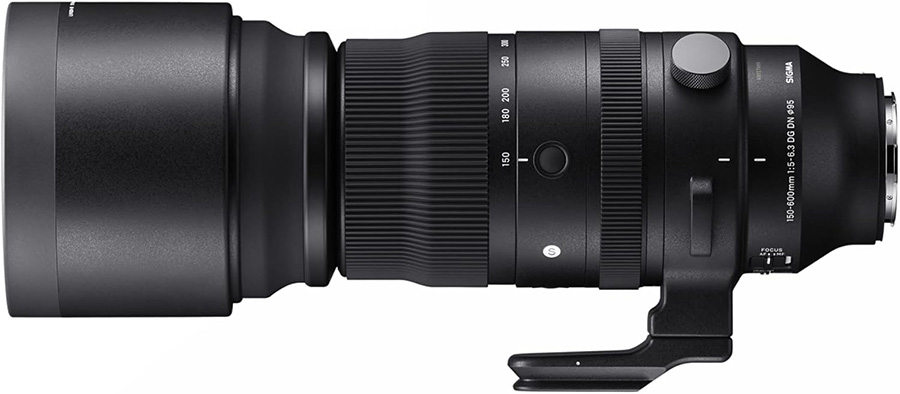
The fact that we have 3 telephoto zooms that reach ~600mm is incredible, especially at these prices. Almost a decade ago, similar lenses were way more expensive and almost twice as heavy, let alone not as precise when it came to auto focusing.
I recommend the Sigma 150-600mm Sport to anyone who wants to photograph wildlife/birds/action, but doesn’t want to spend a couple of grand on a telephoto prime lens. They’re heavier and bulkier as well, but that’s due to their bigger apertures and improved optics.
The Sigma 150-600mm f/5-6.3 DG DN OS Sports is an excellent, affordable lens that will get you to 600mm without breaking your bank, or your back.
As I’ve mentioned previously, I used this lens on 3 different Sony cameras and it’s superb on all 3. Auto focusing is fast, image quality and colors are ideal, there’s very little optical issues, and the short closest focusing distance is a great feature. All this for around $1200, while reaching 600mm, is a good deal.
The Tamron ends at 500mm, which isn’t as bad as it sounds; that’s 20% shorter. For me, this already makes it less appealing, especially if I’ll be shooting with a full frame camera. Even with the Sigma I often crop a little bit.
The Sony 200-600mm has an improved AF system compared to both third-party options and doesn’t extend when zooming in or out. It can also be used with the 1.4x or 2x teleconverter. Oh, it only comes in white, which may be a good or a bad thing depending on your shooting style.
